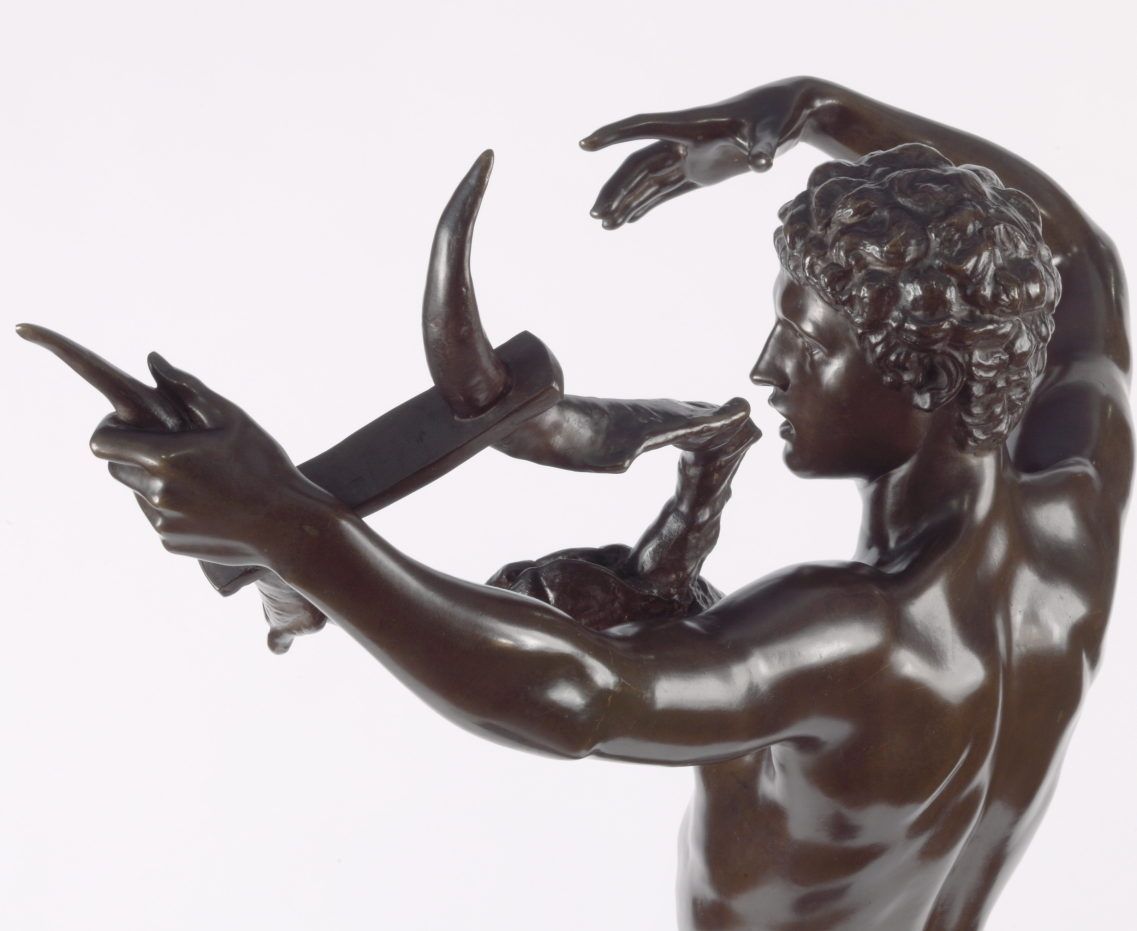—
A Timeless Perfection: American Figurative Sculpture in the Classical Spirit – Gifts from Dr. Michael L. Nieland
An extraordinary new generation of academically trained American sculptors emerged during the late nineteenth and early twentieth centuries. At the height of the Gilded Age, they achieved widespread critical and commercial success for works created on public commission as well as for private patrons. Working on both grand civic platforms and on a more intimate, domestic scale, they transformed the art of American sculpture
New York City was at the heart of the transformation, but other major American cities, including Chicago, Baltimore, Philadelphia, and Boston, provided encouragement, support, and venues. Surprisingly and unfortunately, the flowering of these artists was relatively brief. Amid rapidly changing aesthetics later in the twentieth century, the reputations of many of these sculptors dimmed. Despite increased interest in their work in recent decades among scholars, curators, and collectors, their careers, achievements, and even their names, once famed, are now recalled only narrowly.
This exhibition celebrates the exceptional gift from Dr. Michael Nieland to the Museum in 2015 and promised gifts for 2018 of fifty-seven late nineteenth and early twentieth century figurative sculptures. This gift significantly expands and adds depth to the Museum’s sculpture holdings with such artists as John Donoghue, Mario Korbel, Malvina Hofmann, and Adoph Weinman, together with twenty-nine others, who are new to the permanent collection. Sculptures by Paul Wayland Bartlett, Harriett Frishmuth, Walker Hancock, and Frederick MacMonnies supplement and further enhance important pieces by these artists already owned by The Westmoreland. In addition, the gift includes one Kilian Brothers pedestal and forty medallions made by many of the same artists that further broaden the scope of the collection.
These superb gifts give us an opportunity to rediscover an aspect of artistic production born at the height of American industrial prowess and engendered by the cultural ambitions of a newly wealthy nation. By exploring the lives and aesthetic achievements of these sculptors, this exhibition will expand awareness and deepen the public’s knowledge of this extraordinary era of American sculpture, in addition to bringing overdue recognition to these artists.
A fully illustrated, full color catalogue accompanies the exhibition with an essay by the well-known and respected art historian Bruce Weber in which new information and perspectives are brought to bear on the artists and their overall aesthetic interests and pursuits.
Support for the exhibition was generously provided by The Richard C. von Hess Foundation and the Hillman Exhibition Fund of The Westmoreland Museum of American Art.
